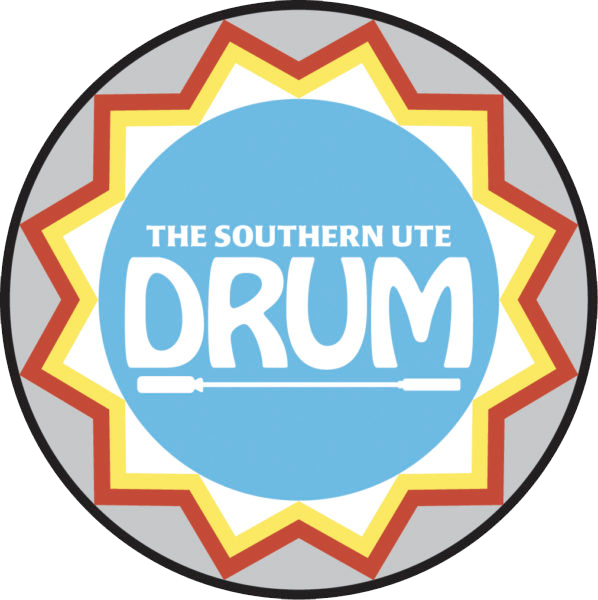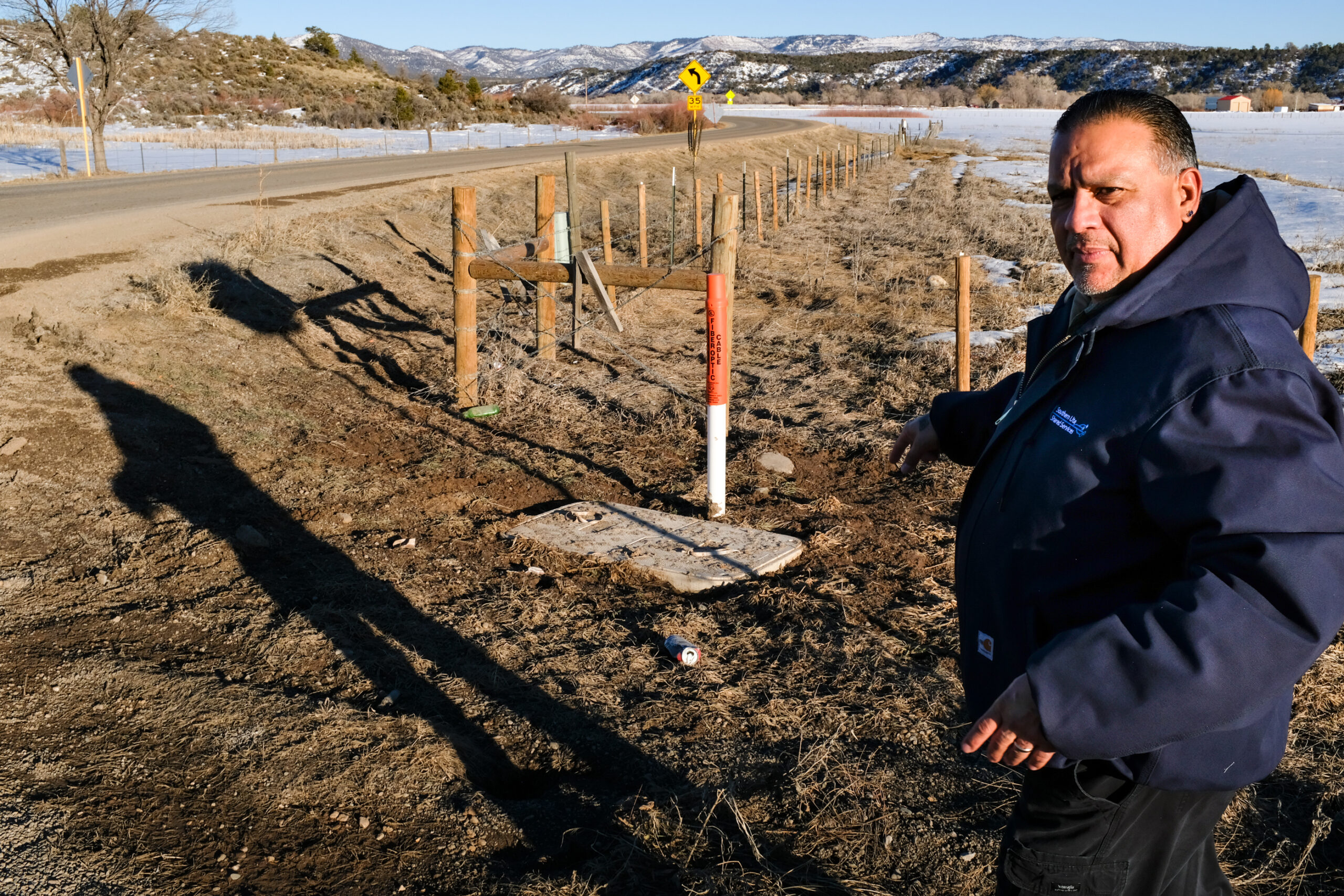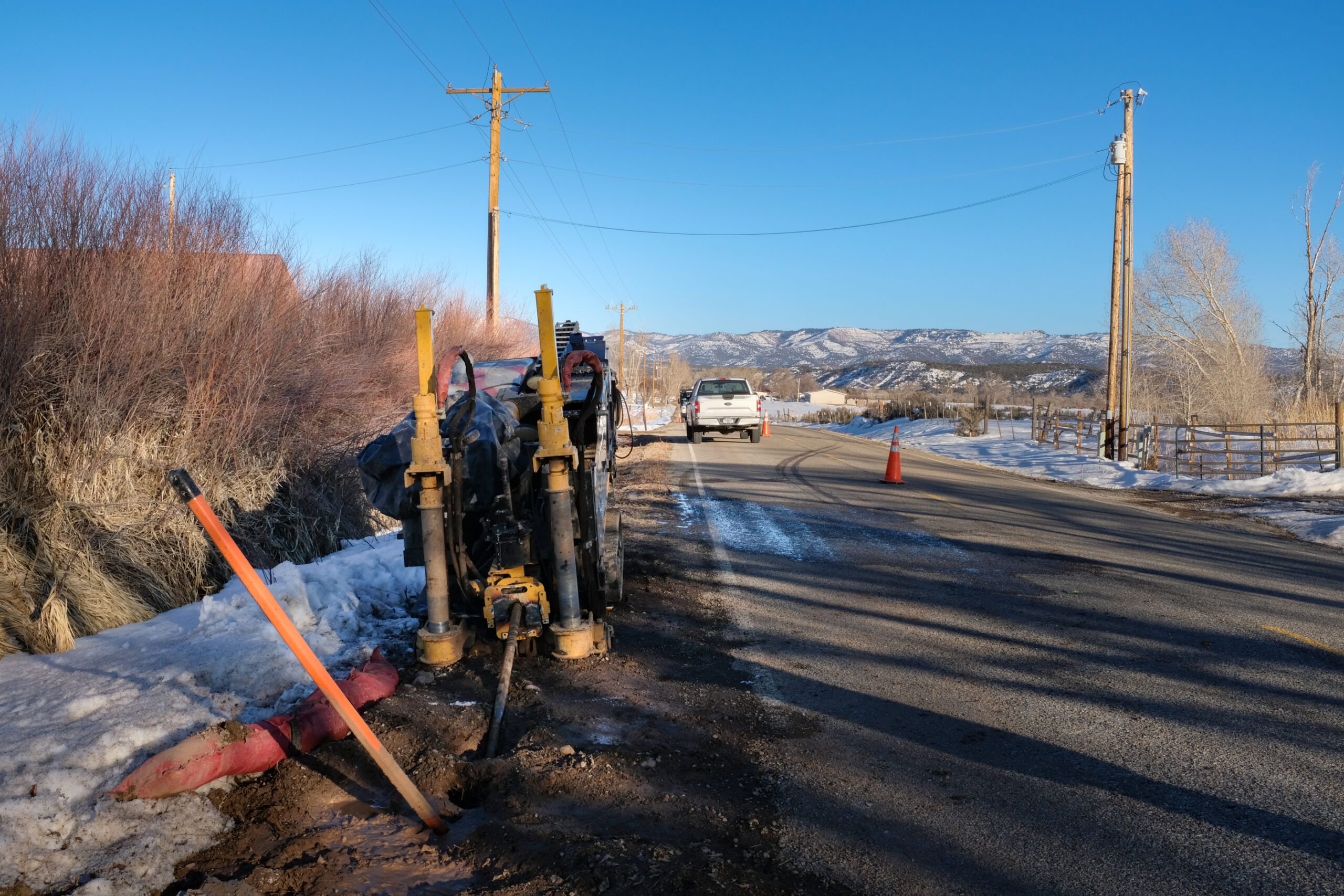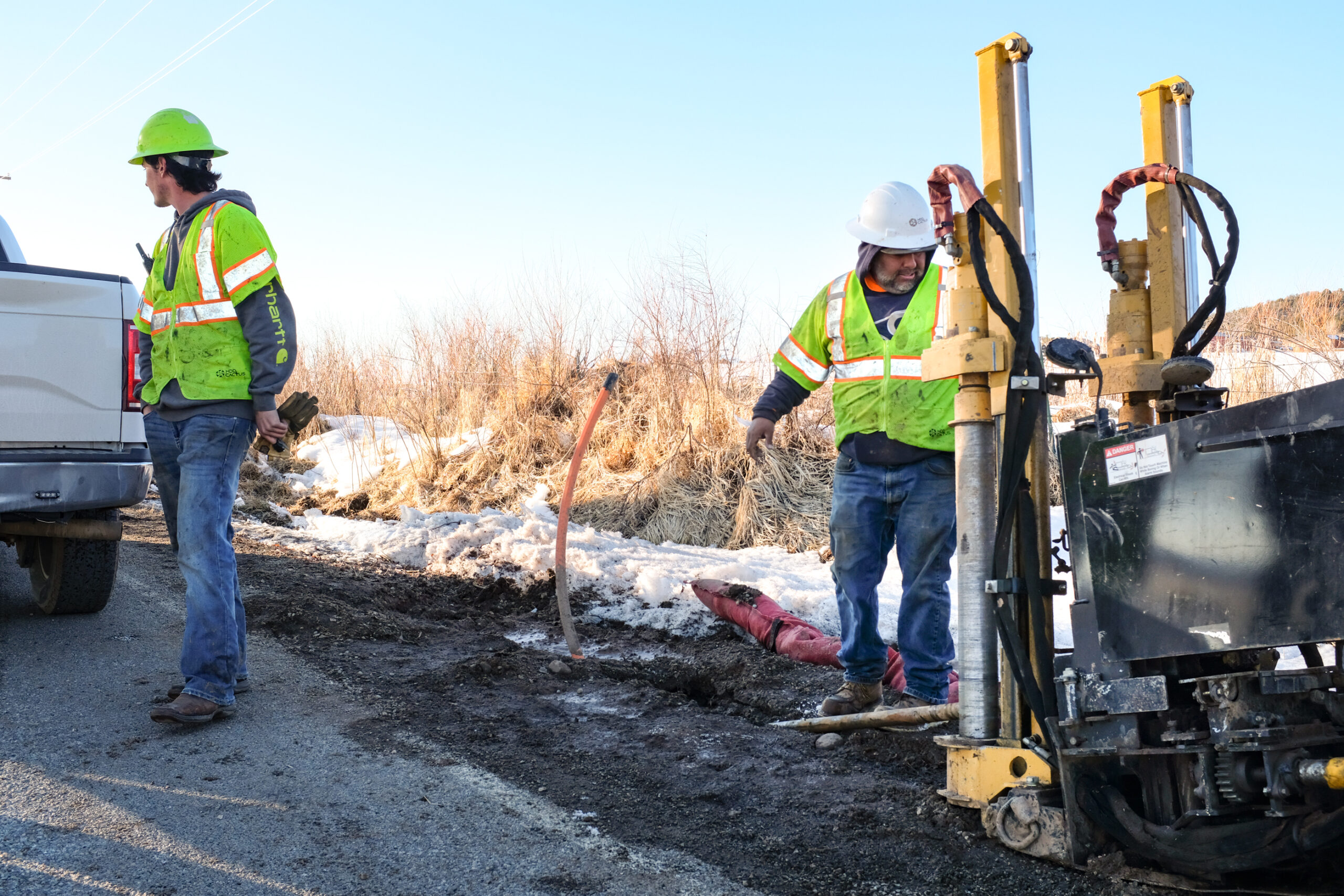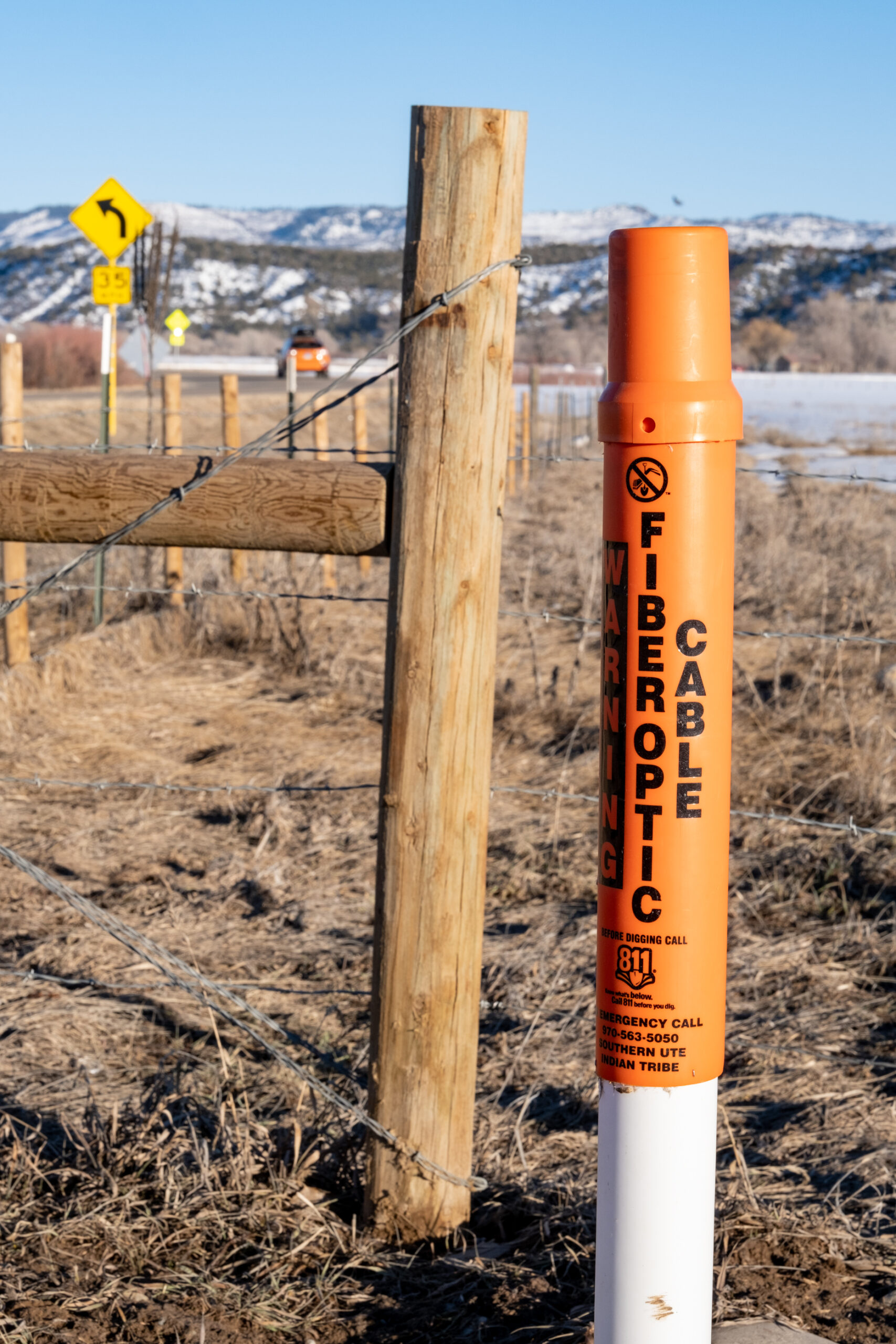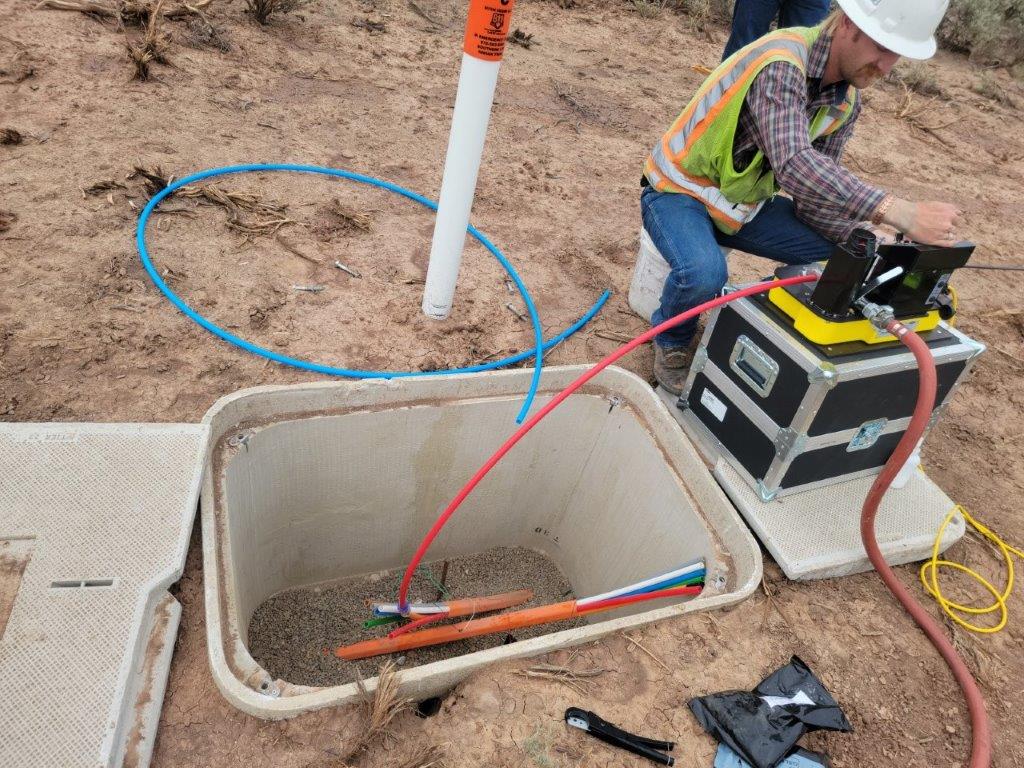What is broadband and how will it improve internet speeds?






Fiber optic rollout underway across the Reservation
The Southern Ute Indian Tribe has developed a strategic fiber and wireless network plan for improving broadband infrastructure on the Southern Ute Indian Reservation, using a license from the Federal Communications Commission for the 2.5 GHz spectrum. Once fully deployed, the Tribe’s plan will provide high-speed internet connections to 85 percent of the households on the Reservation and 95 percent of all tribal member homes. The Tribe is nearing completion of Phase I of its plan, which included laying down the backbone infrastructure for fiber optic cable to facilitate faster internet, while future proofing the demand for reliable high-speed data.
“Broadband service on the Reservation is woefully deficient,” noted Southern Ute Shared Services in their grant proposal. Further stating that, “Improved broadband is needed for economic development, educational opportunities, enhanced access to health care through telemedicine and telehealth programs, and for government operations.”
The need for improved broadband on the Southern Ute Indian Reservation is currently being addressed through a series of grants, primarily the $44 million in federal funding to deploy high-speed internet, awarded to the Southern Ute Indian Tribe. A total of $73 million was awarded to nine tribal entities in latest round of “Internet for All” grants. The announcement came on Wednesday, Nov. 30, at the 2022 White House Tribal Nations Summit held at the Department of Interior in Washington, D.C.
“Wireless Companies are currently trying to do point-to-point to your house, max speed is 50Mbps, and cannot reach most houses if they are out of sight of towers,” explained Delbert Cuthair, Broadband and Digital Equity Manager with Southern Ute Shared Services. “We’re trying to replace that, because with fiber you can get a lot faster speeds and add a lot more people to the system.”
“When we refer to ‘Fiber,’ we refer to fiber optic internet, which refers to fiber optic communication, by sending a beam of light through fiber optic glass cables,” Cuthair said.
Currently, contract crews with Bonfire Engineering & Construction are working throughout the Reservation to lay the fiber line. The core element of the broadband infrastructure is essentially an underground line comprised of a 7-way micro conduit bundle. One of the micro conduits within the bundle will hold a 144-fiber cable, leaving six spare micro conduits for use in Phase II and future growth.
“Phase I is just the backbone, or the main arteries. Phase II is all the little fingers going to individual households and business,” Cuthair said. “When we’re done, and we get it completed, it’s going to be 100 megabytes symmetrical service at the minimum — up to 2gb speeds available to the Reservation. These speeds are equal to or better than anything offered currently in cities like Albuquerque and Denver.”
Roadside crews are currently working on Hwy172, Hwy160, Hwy151, CR516, CR334, and CR330 leading into and neighboring the town of Ignacio. The broadband project includes the use of plowing and boring machines to place the micro conduit, in addition to air-blown fiber equipment to install the fiber cables, plus reclamation and seeding along roadways.
“Bonfire Engineering & Construction will connect everything and make it one line [once individual sections are finished], they don’t hand pull it anymore,” Cuthair said. “They will take a machine and blow the fiber through it, removing human error. They can blow 10 thousand feet in a matter of an hour. Then you can have a more contiguous length; that way you don’t have to splice as often — which would have a negative impact on transmission speeds.”
“Installing the 7-way micro conduit bundles protects the network from over capacity issues in the future,” Cuthair explained. “We can blow additional fiber cables through the six spare micro conduits at any point in time without incurring the high costs of redundant construction. It gives you that option to update and expand a lot more — that’s for sure.”
In telecommunications, broadband refers to the wide-bandwidth data transmission that transports multiple signals at a wide range of frequencies and internet traffic types, which enables messages to be sent simultaneously and is used in fast internet connections. The medium can be coaxial cable, optical fiber, wireless internet (radio), twisted pair, or satellite. In the context of internet access, broadband is used to mean any high-speed internet access that is always on and faster than dial-up access over traditional analog.
According to Deepak Sharma, in a paper published by Sterlite Technologies, “Over the past thirty years, internet connection speeds have steadily increased. Higher speeds have also been driven by the move to higher-resolution displays. On the demand side, the greater use of images and video rather than plain text has also been a driving force.”
“This growth in connection speeds is expected to continue in the foreseeable future, Sharma explains. “The trend is encapsulated in ‘Nielsen’s law of Internet Bandwidth’, an empirical observation which states that a high-end user’s connection speed grows by 50 percent per year, or doubles every 21 months.”
Travel Impacts and important safety reminder
One year ago today, February 10, 2022, a motorist hit Dominic Sandoval, 22, of Farmington, N.M. resulting in the loss of his life, while also injuring George Sedlack, 53, of Colorado Springs. Both workers were placing work zone signage along Colorado Highway 172, south of Elmore’s Corner, when the vehicle struck their truck parked along the shoulder of the highway.
Regional travel will continue to be impacted by the ongoing Broadband Modernization Project, and it is of utmost importance that motorists stay vigilant and aware of traffic flaggers and speed restriction, while also adhering to general traffic laws in work zones.
